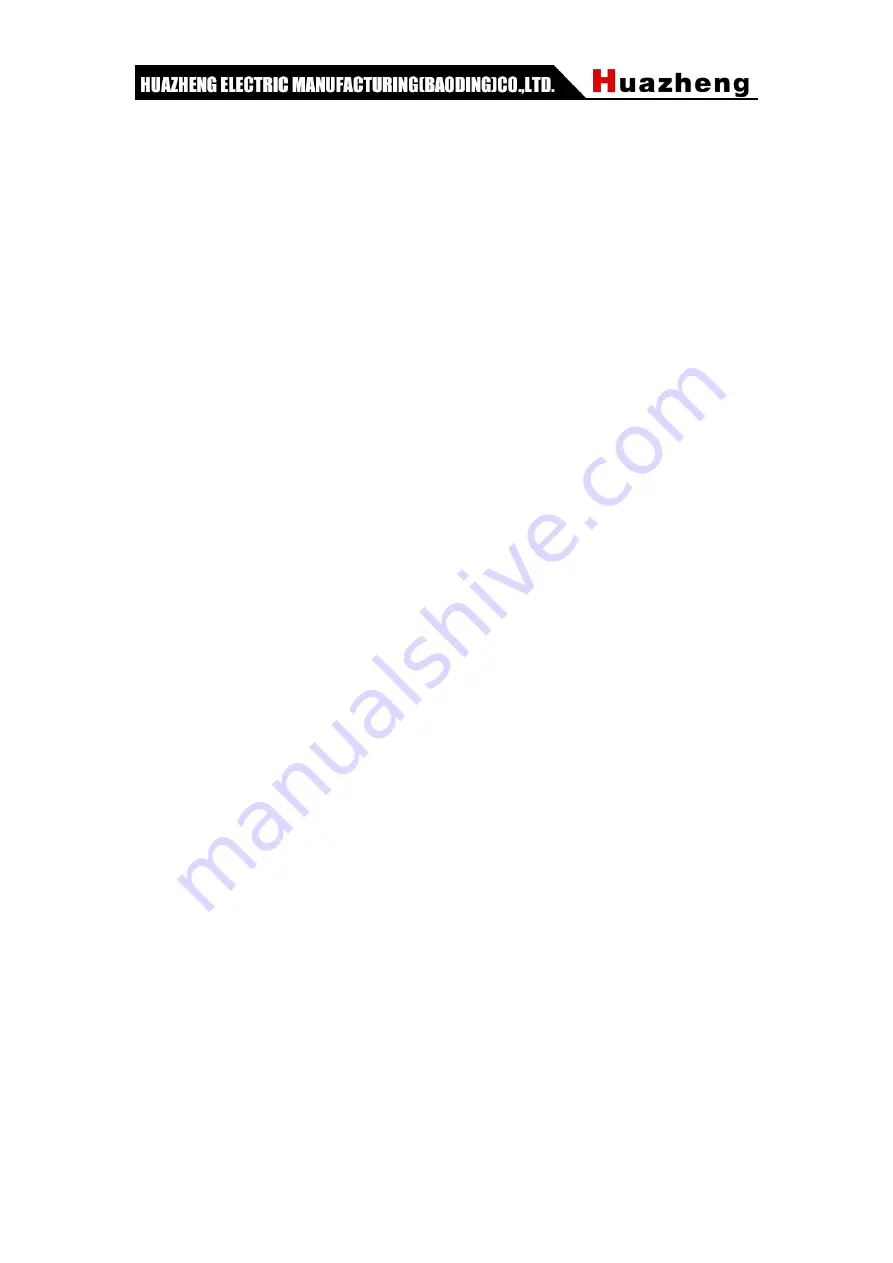
7
The rear panel of the instrument has oil inlet, vacuum pump interface, oil drain
connector, vacuum pump (power supply), power socket, fuse holder, power switch,
etc.
a
, a short section of 3mm polyethylene tube in the oil inlet connection connection
fitting, the other end of which is connected to the syringe connector of the sampling
syringe;
b
. The longer 3mm stainless steel tube in the vacuum pump connection is connected
to the rotary vane vacuum pump;
c
. The oil drain interface is connected with the shorter general 3mm stainless steel
pipe in the fitting, and the other end is connected with the waste oil discharged from a
container; d. The vacuum pump (power supply) is connected with the three-core
aviation plug on the vacuum pump;
e
. The power socket is connected to the power plug in the accessory;
f
, the fuse in the fuse holder should be 5A;
g
. The power switch is used to control the total power of the instrument;
h. The two M3 screws in the accessories for the syringe holder are fixed in the M3
threaded holes in the upper rear corner of the left side of the instrument according to
the number, and the openings face outward.
3. Please note that the instrument must be drained every time the oil is drained. There is
a gas discharge in the oil drain pipe during the oil draining process to prove that the
oil has been drained. .
4. After the instrument tests an oil sample, the gas content result will remain on the
display screen. If you want to make the next oil sample, you must press the reset key
to return the instrument to the standby state. After the display, please start and press
the start key. Only the next test procedure will be executed.
5. In the standby state, if the instrument is not operated within 1 minute. The instrument
will automatically turn off the power of the solenoid valve to enter the sleep state,
which can prevent the solenoid valve from being damaged due to prolonged power.









































